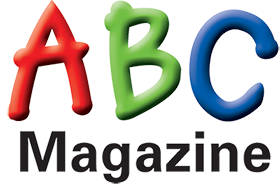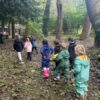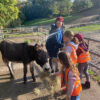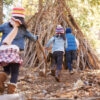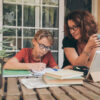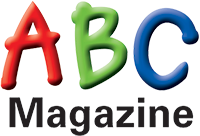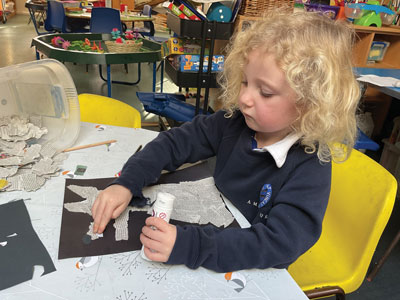
by Michelle Thurley
Head of Early Years at Little Amesbury, Amesbury School, Hindhead
It is said that ‘play is the work of childhood’, and it is well known and understood that the first five years of a child’s life are absolutely crucial in setting them up for success in later learning and life. Before the age of five children are at their very peak of natural curiosity, enthusiasm and brain capacity for new learning. Good quality early years education is all about teaching children the tools to harness their desire for independent learning. Teaching children how to learn and how to interact, and equipping children with these skills will give them the confidence and ability to learn independently for the rest of their school careers. So how is it done well?
The importance of play and free flow
In the early years children learn through play. In many other European countries children do not even begin the formal business of educating in maths and English until age seven. Instead, in such countries the early years’ curriculum encompasses lots of learning through play. In reality the two approaches are quite aligned.
Play is profoundly important when it comes to children’s social, emotional and cognitive learning. It allows children to pretend, to take risks, to explore and follow their own desires and interests. They learn to negotiate and communicate with their peers. Play also provides opportunities for children to control their emotions and behaviour. At the same time, it teaches skills like creativity and problem-solving.
A nursery or classroom set up that allows children to learn through play and explore in this way is a key component in developing their independence. ‘Free flow’ between activities and the outdoor space is vital in providing the physical environment to stimulate children and give them the confidence to build their independent learning. This typically means a formal activity then three or four complimentary activities being set up and explained to the children for them to go and enjoy, with the child leading their own choice of activity. For instance, a maths based early years activity could look like this; the children are digging in the sand and having fun, yet each child has been tasked to find three objects hidden in the sand. The preschoolers are all finding three different types of leaves at forest school, vs just collecting leaves. The variety of provision being notably inside and outside the classroom.
Bringing learning to life
Appealing to the broadest range of learning experiences possible in rich, creative ways to pique learning interest is the best approach. A teacher will refer to the ‘seven areas of learning’, from academic learning in literacy and maths, real-world exploration, physical activities, communication and language, expressive art and design and personal social and emotional development. A quicker short form for parents to remember is to nurture the ‘PIES’, Physical, Intellectual, Emotional and Social aspects of the life of their child. A rotation of rich and exciting opportunities to learn through play to ensure all of these vital areas of early learning are captured is key to building the independent learner early on.
Varying how learning is delivered is key, a range of materials, song, music, games and objects – giving children access to real objects as well as toys. Using a rich range of resources, like iPads or interactive whiteboards where children can select a worksheet, all build a child’s skills and give them agency in their own learning. Also allowing an activity to run on if children are very engaged is to be encouraged – early years learning is the best time for flexibility in the timetable. Getting outside, access to mud and leaves and weather, and opportunities to dress up and pretend within the school day are key to capturing a child’s imagination. I greatly enjoy teaching phonics with at least two of the class dressed as princesses or a superhero.
Recently, this provision in professional educational settings has become increasingly specialist. It is now more common for early years settings to offer specialist music, dance, languages, forest school and even Makaton and specialist sports. This is clear evidence of the need to offer the most ‘high definition’ learning possible to build independent learning.
The best illustration I can offer of independent learning starting to really take shape is a recent anecdote. One of the children I teach has been learning about the UN rights and responsibilities of a child in ‘The Real World Exploration’ aspect of the EYFS curriculum. The child had clearly understood from this lesson that children in the nursery and wider school community have a voice, and they must command dignity, respect and be accepted for who they are. This child was asked to effectively play a game of tag in their PE lesson, they asked to “sit out” the lesson as they did not see themselves having a role as either being chased or chasing anyone in that lesson and please could the teacher “respect my decision!”
Little Amesbury is a centre of excellence, dedicated to providing our youngest children with outstanding early years education, in a vibrant and challenging learning environment. For further details please visit www.amesburyschool.co.uk/littleamesbury
